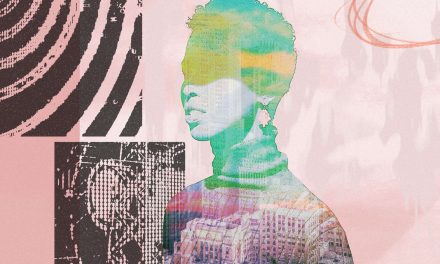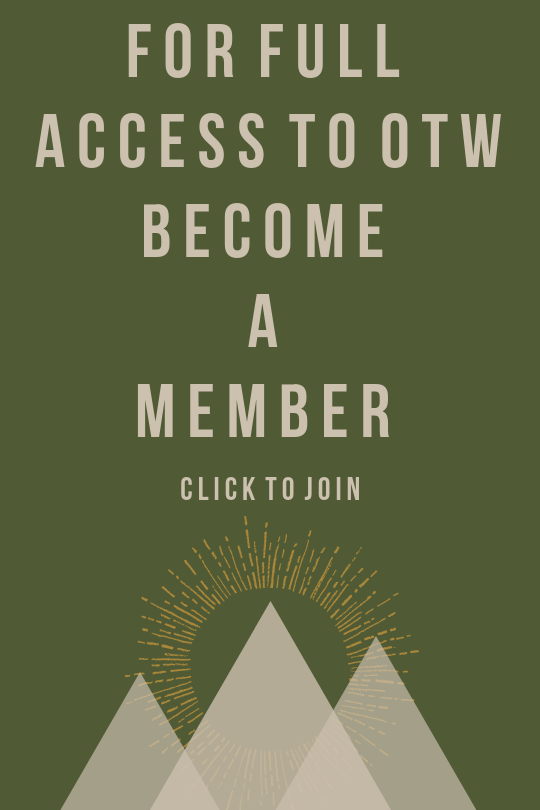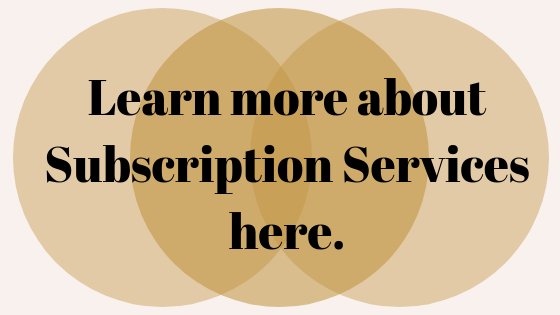Hidden Stories in Our Bodies – Using Them to Relate to the World, Ancestors, and Ourselves
“I often encounter the ideas that bodily preoccupations are problematic, pathologically obsessive, and that they should be dissolved. To me, a so-called preoccupation with a highly sensitive body part or topic is a body story that is desperate to be fully told.”
Your body and your psychological development are inseparable. Body image, which is the conglomerate of what you believe and feel about your body and how you sense, control, and regulate yourself, is the foundation for your experience of your sense of self. Your needs, motivations, initiatives, and sense of agency are expressions of the core of your body image.
Stories and meanings related to the body and body parts carry our relational history. A classic sentiment about attachment is the statement by well-known psychoanalyst and pediatrician Donald Winnicott – “there is no such thing as a baby”, indicating that no baby can be understood in isolation but is always completely embedded in a relational context with their caregiver. Therapist and writer Susie Orbach rephrased this to, “there is no such thing as a body”. What she means by this is that there is no such thing as being a body without other bodies – that the experience of being a body is always in relation to other bodies. Orbach contends that our perceptions of our bodies are formed by our relationships with our surroundings, and consequently, relationships are key to understanding body image. Following this perspective, our body stories are about relating to others and the world.
Body Stories and How to Listen to Them:
On a concrete level, body stories are the stories about our physical development, our health and illness mysteries and journeys of solving them, and our ever-evolving relationships to certain body parts…all of our experiences related to body topics. They have both the advantage and the challenge of being symbolic and layered. They capture a concrete level of an experience related to the body, and then they hold so much more unseen: aspects of our relationships with all their shame-related conflicts that come with silencing and secrecy. When we understand our body as the central vehicle for expressions of relational meanings, we acknowledge that a story about stretchmarks is not just about stretchmarks but about what they represent. It’s often also a forbidden or hidden story, and by knowing and telling it its constrictions of shame can be lifted.
So, how do we listen to our body stories? We ask. Interview your body parts. Focus on one particular body part, pose the following questions, and listen to the responses that promptly appear in your mind:
- What is the story of your development? How did you develop – all the way from conception until now?
- How were you received and noticed? What was the attitude you were met with from the world? Were you acknowledged?
- What was your experience of touch? Were you literally touched? Were you untouched?
- What is the family story of you? What are the attitudes, beliefs, and experiences in the family about you?
Your thighs, abdomen, nose, breast, eyes, or hand will tell their story when listened to, and layers of meaning will unfold. You can also address you whole body at once, although I find it useful to begin with separate parts and then gradually move to listening to one’s entire body story. It is like collecting the chapters of one’s creation myth.
I once worked with a woman who loathed her thighs beyond description. We prepared for a while before she was ready to ask and listen to their story. They spoke about being “untouchable” and out of proportion with the rest of her body. They spoke about feeling heavy, yet also numb. She then asked them if they ever felt good. They answered that they felt good whenever visiting a particular friend who lived far away. This was a friend she had always visited alone, which had given her a sense of independence from her family. It made her realize that her thighs and their story represented a deep feeling of not belonging in her family of origin. As she continued to heal her loathing of her thighs, she connected it to the question of belonging and how she could cultivate it in her life.

The Curative Powers of Body Stories:
Body healing work begins with this attitude toward the stories of our body. The transformational power of any insight about an underlying story of our body must come from connecting that cognitive insight to a somatic insight; a change or development in our felt experience of our body. Revelations about one’s relationship to a certain body part must be felt in that body part. Bodily sensations are often (although not always) experienced before they are made sense of. As we learn to track and notice our sensations when we are reflecting on any thought, idea or feeling, we can integrate the sensations with the meanings and insights. The curative powers of body stories lie in the connection of sensation and new insight: when we name body-based experiences it provides us with a cognitive grasp that contains the intensity and brings the unformulated experience into focus. Then we can speak to the unspeakable, through our body stories.
From Preoccupations to Body Stories:
I often encounter the ideas that bodily preoccupations are problematic, pathologically obsessive, and that they should be dissolved. To me, a so-called preoccupation with a highly sensitive body part or topic is a body story that is desperate to be fully told. The story of a woman’s relationship to her c-section scar can reveal her entire sense of self that was transformed and unfolded in her maternal transition. Freckles, crow’s feet, hair length or breast sizes can all symbolically hold aspects of who you are in a way that your concrete life story doesn’t capture. The goal is not to turn all body feelings into something positive. But telling body stories is a movement towards body awareness and healing. Speaking the unspeakable; the hidden stories of the female body or any body, can release us from the subjugation of being “unspeakable”. In the words of feminist psychoanalyst Hélène Cixous (in The Laugh of the Medusa),“Censor the body and you censor breath and speech at the same time. Write yourself. Your body must be heard.”









